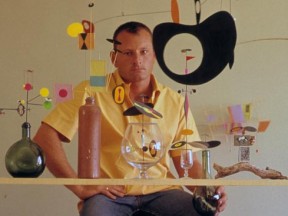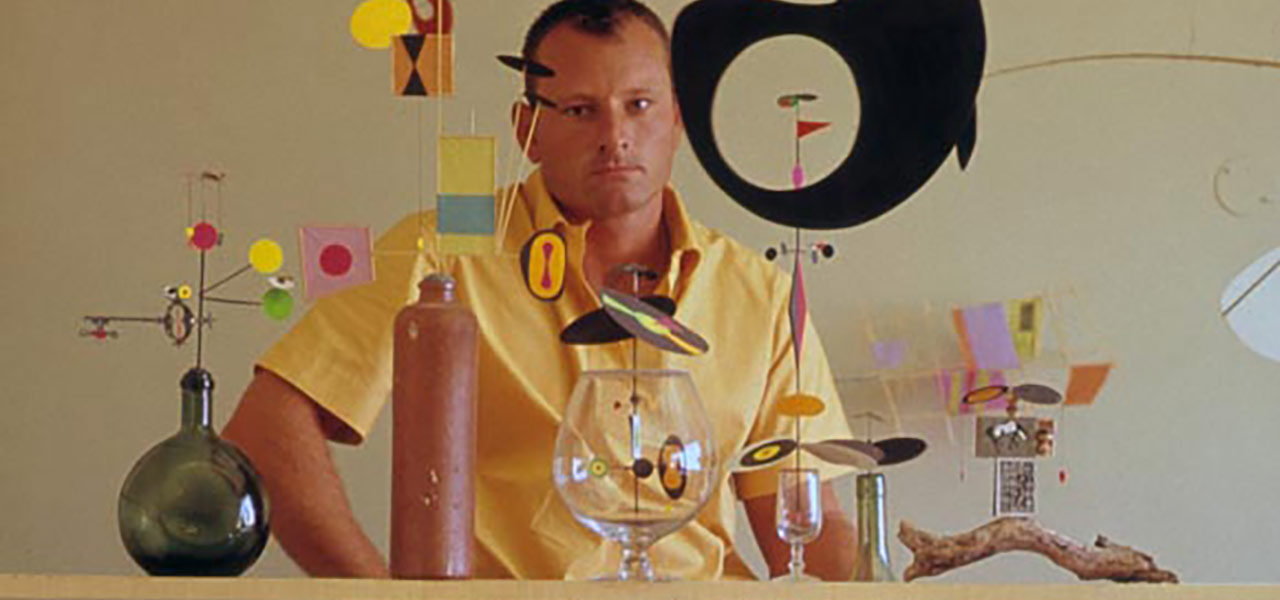
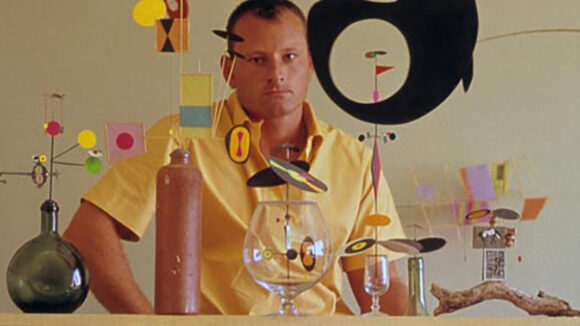
Rolly Crump, Animation Artist-Turned-Designer Who Developed Key Disneyland Attractions, Dies At 93
Rolly Crump, a Disney legend who started in animation before embarking on a decades-long career working in theme parks and attractions around the world, died last Sunday at 93.
Born Roland Fargo Crump on February 27, 1930, in Alhambra, California, he joined The Walt Disney Studios in 1952 and spent a number of years in animation before moving on to design attractions for WED Enterprises – later renamed Walt Disney Imagineering (WDI).
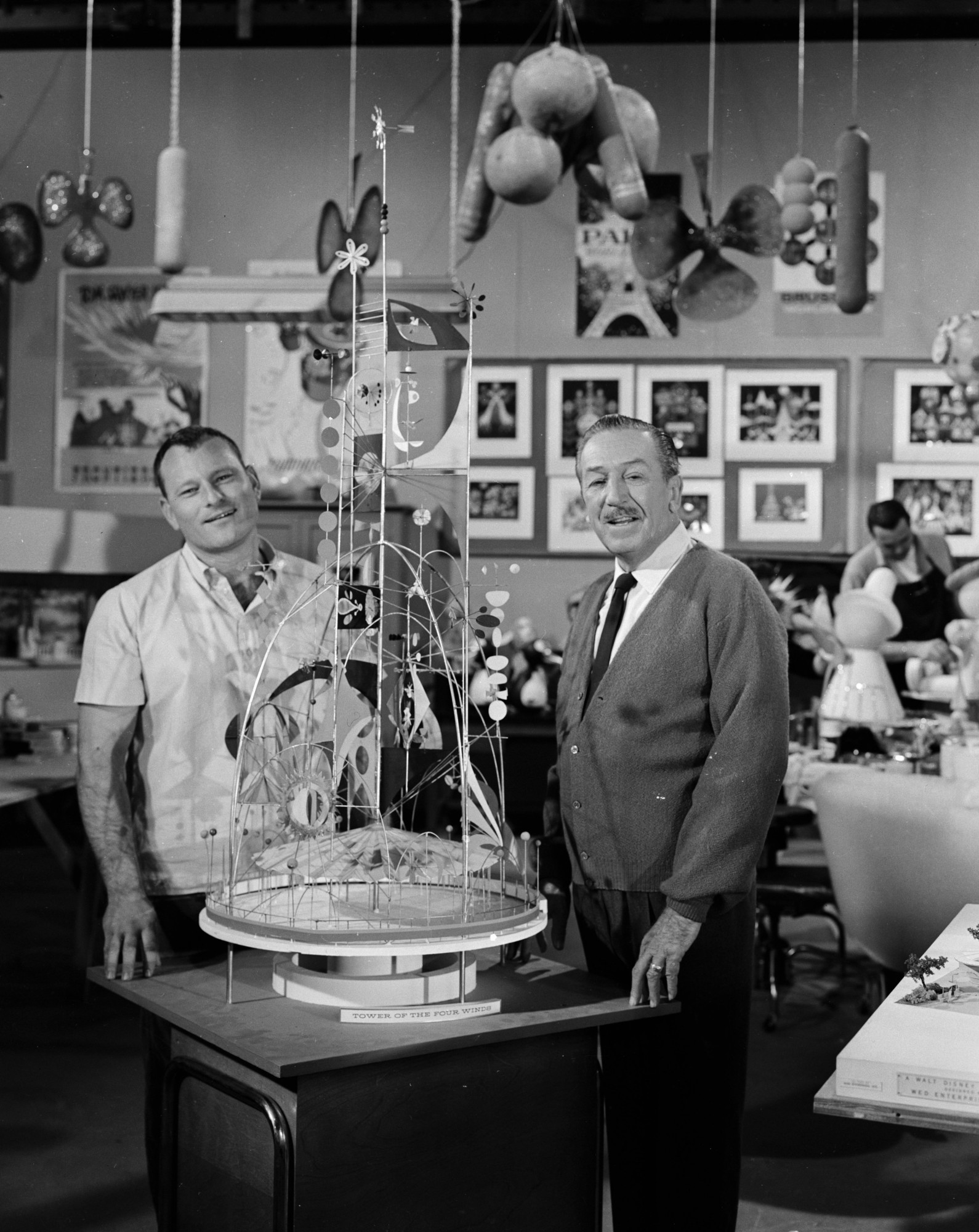
His career at Disney began inauspiciously. In 1952, Crump took a pay cut and left his job as a “dipper” at a ceramics factory to accept an entry-level animation position at Disney. The company paid such minimal wages to young artists that Crump had to take a second job building sewer manholes on weekends to pay his bills.
His animation career, compared to his later work in the Imagineering division, was fairly rudimentary. During his time in animation, he worked as an inbetweener (and later assistant animator) on films such as Peter Pan (1953), Lady and the Tramp (1955), and Sleeping Beauty (1959).
Keen to learn as much as he could about the business, Crump took advantage of Disney’s open-door policy at the time and would wander into departments to observe the work of sculptors, animators, and designers. In doing so, Crump not only honed his artistic skills, but gained a strong belief in his own abilities.
In 1959, Crump found his true calling at the company when he joined show design at WED Enterprises. There, he became a key designer on some of Disneyland’s most popular and enduring attractions. Crump’s early design work was used for the Haunted Mansion, Walt Disney’s Enchanted Tiki Room, and Adventureland Bazaar.
One of Crump’s most iconic contributions to the park was the Tower of the Four Winds marquee for the It’s a Small World exhibit at the 1964 New York World’s Fair. When the attraction moved to Disneyland in 1966, Crump designed the enormous glockenspiel clock at the entrance which features puppet children parading across its façade every quarter-hour.
“It still brings tears to my eyes when I see people coming out with a smile,” Crump once said. “I am really proud of the fact that I was part of the team that built It’s a Small World.”
While at WED Enterprises, Crump began working directly with Walt. That’s also when Crump picked up the nickname “Rolly,” given to him by the boss himself.
“I started off as Roland, then I was ‘Owen’ for a while, and then I became ‘Orland,’ but of course, I would answer to anything he called me,” Crump recalled. “But the crowning glory was when he called me ‘what’s his name.’”
Crump left Disney for a short period in the 1970s but continued working in theme parks elsewhere. He spent time at Busch Gardens, the ABC Wildlife Preserve, and Ringling Brothers & Barnum and Bailey Circus World. In 1975, he designed Knott’s Bear-y Tales (pictured below) for Knott’s Berry Farm in California.
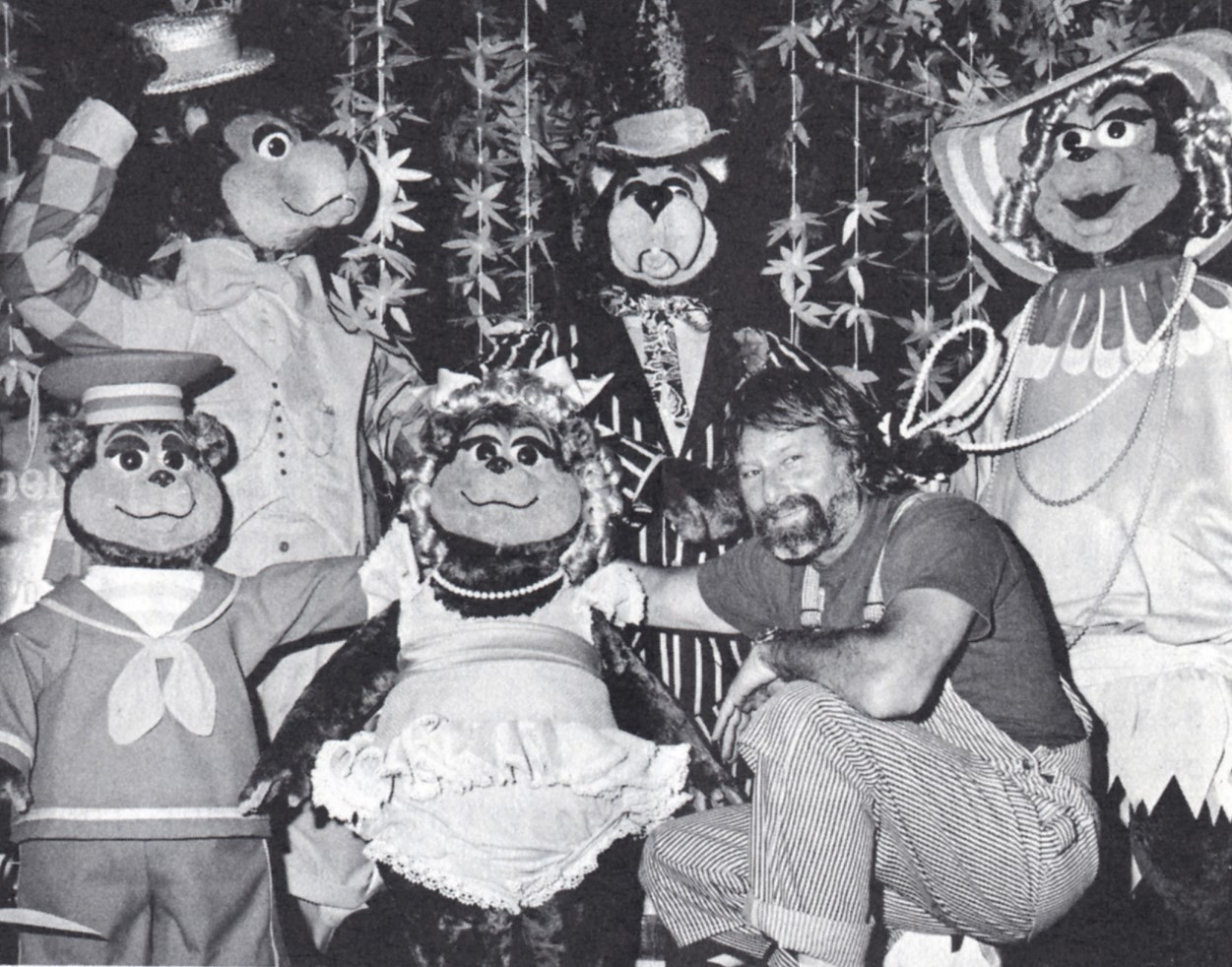
When Walt Disney World Resort in Florida, began developing EPCOT Center, Crump came back to help with designs. He was the project designer for The Land pavilion and helped to develop concepts for the Wonders of Life pavilion. He also later redesigned and refurbished both The Land and Innovations attractions.
Crump left Disney again in 1981 and started working on The Birds in the Gilded Cage show for the Golden Nugget casino in Atlantic City in 1982 (video below). He later became project lead for the Cousteau Ocean Center until 1983, when he left to launch his own company Mariposa Design Group. There, he led operations until 1989. While at the firm, they did work for Jacques Costeau, the Sultan of Oman, and numerous other theme parks and malls around the world. After Mariposa, he worked briefly for Cinematix before heading back to Disney in 1992.
He officially retired from the company in 1996 but continued to work on a wide variety of creative projects over the decades since. In 2012, he teamed with Jeff Heimbuch to write and published an autobiography titled It’s Kind of a Cute Story.
Remembering his friend and collaborator, Heimbuch told us: “Rolly Crump was a true force of design and a wealth of creativity. He never stopped creating and his whimsical designs helped show many generations, including myself, that it is okay to be weird.”
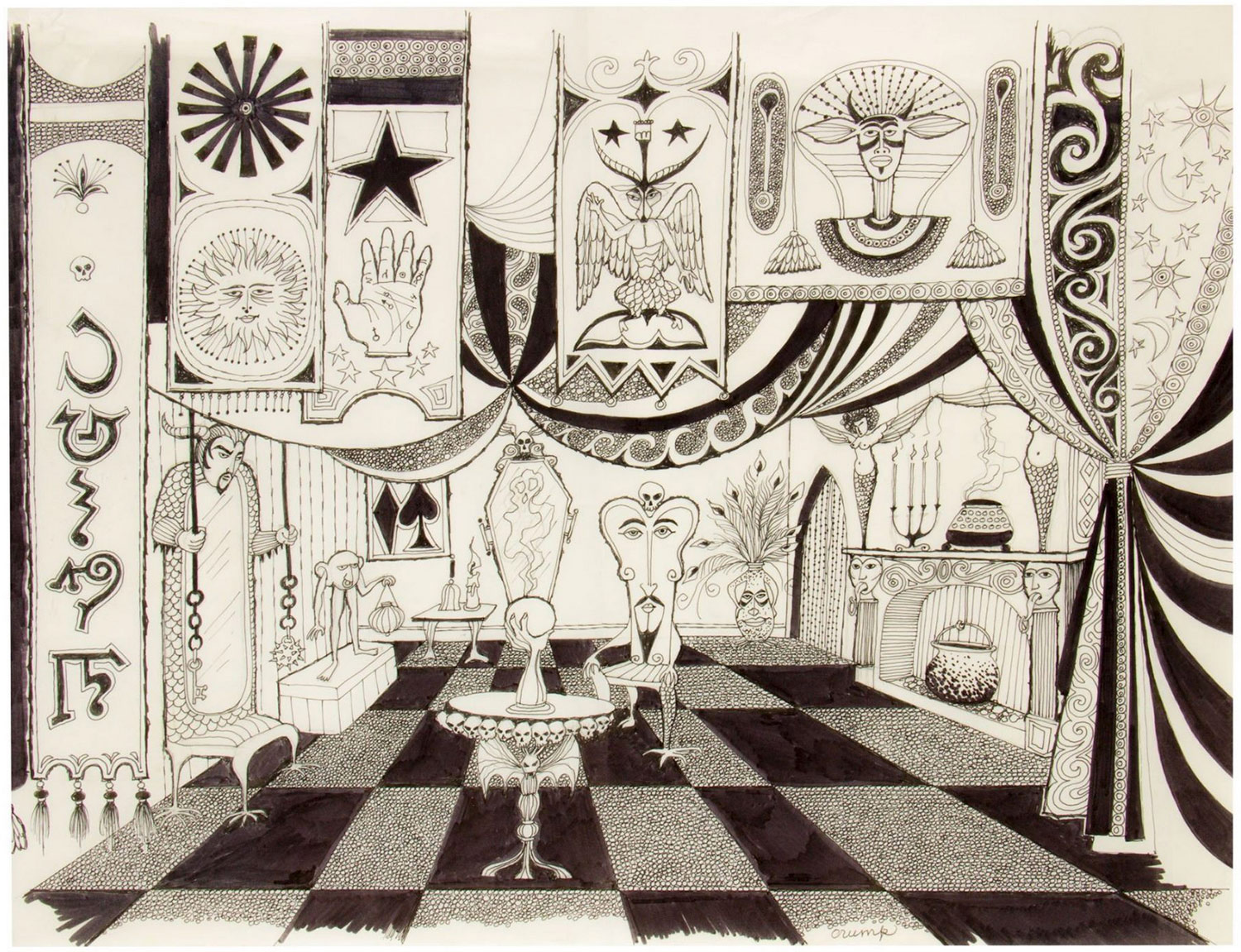
Crump’s legacy was already solidified thanks to his works at Imagineering, but his family’s influence at the company continued when his son Chris Crump joined WDI. Of his father, the younger Crump said:
What I observed was that Rolly had really great relationships with the people that he worked with. It is important to know the skills of your co-workers and to trust and respect them. I watched Rolly interact with his peers and was impressed with how well-respected he was.
Other Imagineers are similarly paying their respects. Tony Baxter, who worked alongside Crump on EPCOT and other Imagineering projects for Walt Disney World Resort, said:
Rolly was always able to see a different way of doing things. I think that fascinated Walt Disney, who was always looking for innovations. When Rolly was right with his innovative approaches, they often turned out to be among the most memorable aspects of Disney Parks. Another thing that distinguished Rolly was his total enjoyment of creative work and being around other creative people at Imagineering.
Kim Irvine, executive creative director for Walt Disney Imagineering, added:
Rolly was a quintessential element of my, and many others’, mentorship at Imagineering. Of all the original art directors of the 1970s, Crump was the ‘fun guy’… This Earth is sorry to lose him. But I can only imagine the party that all the original Imagineers that have gone on before him are having in the Great Hereafter. Rolly’s back in town!
Crump is survived by his wife, Marie Tocci; his children Christopher, Roxana, Theresa; and three grandchildren.

